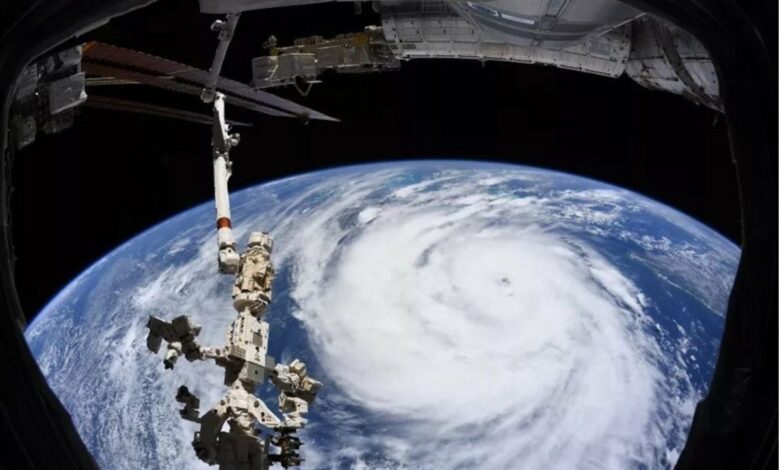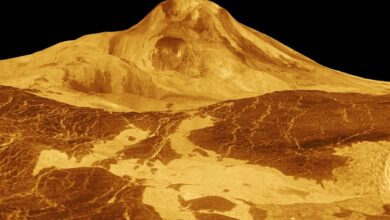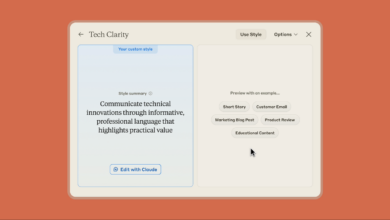NASA uses AI tools to monitor and map disaster-affected areas

NASA’s integration of artificial intelligence (AI) and open science is reported to significantly advance disaster preparedness, response, and recovery efforts. According to the space agency, NASA’s Disasters Program, supported by the agency’s commitment to open science, has developed innovative tools and datasets to help manage natural disasters such as hurricanes. These tools are intended to provide communities and first responders with accurate, timely data for informed decision-making, as highlighted by the program’s application during 2021 Hurricane Ida.
Hurricane Ida and NASA’s contribution
Hurricane Ida, which struck Louisiana on August 21, 2021, was one of the most destructive hurricanes in the US. history. While emergency teams worked on the ground, NASA’s Disasters Program used satellite-based models and tools to provide critical data.
Reports indicate that information on soil moisture, precipitation, vegetation changes and power outages was shared through the NASA Disasters Mapping Portal. This data allowed organizations to understand the impact of the storm and effectively prioritize response strategies.
Innovative use of AI in disaster assessment
A notable application of NASA’s AI tools was the detection of blue tarps covering roofs after the hurricane, a method designed to assess the extent of damage in affected areas. Based on a study by the Interagency Implementation and Advanced Concepts Team (IMPACT), such technologies have been recognized as valuable for measuring damage severity and supporting recovery efforts.
This approach was initially tested after Hurricane Maria in 2017 and has since been refined, as reported.
Open science and future applications
NASA, in collaboration with IBM, is currently developing open-source AI models to process the agency’s extensive archives of satellite data. According to Kevin Murphy, NASA’s Chief Science Data Officer, these models are intended to reduce technical barriers, allowing users to apply the data for a variety of purposes, including disaster forecasting and agricultural management.
Murphy stated that such efforts align with NASA’s goal of making scientific resources accessible to global communities, reports show.




